TPO vs. PVC Roofing: A Comparison of Benefits and Performance
Commercial roofing contractors consider these fundamental differences when recommending materials for specific applications.
TPO and PVC roofing systems feature distinct chemical compositions, affecting their performance characteristics. TPO combines polypropylene and ethylene-propylene rubber, while PVC utilizes polyvinyl chloride with plasticizers. Commercial roofing contractors consider these fundamental differences when recommending materials for specific applications.
Installation Methods
Professional roof installation techniques vary between TPO and PVC systems. Both materials require heat-welded seams, though PVC typically demands higher welding temperatures. Commercial roofing specialists must adjust installation procedures accordingly, affecting project timelines and labor requirements.
Durability Factors
PVC demonstrates superior chemical resistance to TPO, particularly against oils and industrial pollutants. TPO exhibits excellent resistance to UV radiation and weathering. Professional roof repair experts evaluate site-specific conditions when determining optimal material selection.
Cost Considerations
Initial material costs generally favor TPO over PVC installations. Commercial roofing projects must balance upfront expenses with long-term performance requirements. Professional contractors calculate total lifecycle costs, including maintenance and potential repair needs.
Environmental Impact
Both materials offer recyclable options, supporting sustainable construction practices. PVC manufacturing raises some environmental concerns due to chlorine content. Commercial roofing specialists consider environmental factors alongside performance requirements when advising clients.
Weather Resistance
TPO and PVC both provide excellent protection against various weather conditions. PVC maintains superior flexibility in cold temperatures, while TPO resists heat aging effectively. Professional roofers evaluate local climate patterns when recommending appropriate materials.
Seam Strength
Heat-welded seams create reliable connections in both systems. PVC seams typically demonstrate higher strength in testing scenarios. Commercial roof installation professionals emphasize proper welding techniques for both materials.
Color Options
PVC offers more extensive color choices than TPO. While both materials commonly feature white surfaces for energy efficiency, PVC provides greater aesthetic flexibility. Professional roofing contractors can match architectural requirements while maintaining performance standards.
Energy Efficiency
Both materials provide excellent solar reflectivity when adequately maintained. White TPO and PVC membranes reduce cooling costs in commercial buildings. Regular professional maintenance preserves reflective properties throughout service life.
Maintenance Requirements
PVC typically requires less intensive maintenance compared to TPO systems. Both materials benefit from regular professional inspections and cleaning. Commercial roof repair services help maintain optimal performance for both options.
Chemical Resistance
PVC demonstrates superior resistance to chemicals, grease, and oils. TPO provides adequate protection for many applications but may degrade faster in harsh chemical environments. Professional roofers evaluate exposure risks when selecting appropriate materials.
Fire Safety
Both materials meet commercial building fire safety requirements. PVC includes inherent fire-resistant properties, while TPO requires additional fire retardants. Professional installation guarantees compliance with local building codes.
Thickness Variables
PVC membranes generally offer greater thickness options compared to TPO. The material thickness affects durability and puncture resistance. Commercial roofing experts recommend appropriate thickness based on specific project requirements.
Wind Resistance
Both systems provide excellent wind uplift resistance when properly installed. Professional roof installation techniques maximize wind performance for both materials. Appropriate attachment methods vary based on building height and location.
Lifespan Expectations
PVC systems typically offer longer expected service lives than TPO. Both materials can provide decades of reliable service with proper maintenance. Professional installation and regular inspections maximize longevity for both options.
Warranty Coverage
Manufacturer warranties vary between TPO and PVC systems. Commercial roofing contractors often provide installation warranties complementing manufacturer coverage. Professional maintenance programs support warranty compliance requirements.
Regional Considerations
Climate conditions influence material performance differently. When recommending materials, professional roofers consider local weather patterns, pollution levels, and UV exposure. Regional expertise helps predict potential performance issues.
Cost-Benefit Analysis
Long-term value calculations must consider multiple factors beyond initial costs. Professional commercial roofing contractors evaluate building requirements, environmental conditions, and maintenance expectations. Comprehensive analysis supports informed material selection decisions.
Both TPO and PVC roofing systems offer distinct advantages for commercial applications. Professional installation expertise remains crucial for maximizing performance benefits with either material choice. Property managers partnering with experienced commercial roofing contractors can select appropriate materials based on specific building requirements and environmental conditions. Regular maintenance by qualified professionals extends service life regardless of material selection.
Irish Roofing Company offers commercial, flat roofing, rolled roofing, TPO, roof coating, and protech products to Scottsdale business owners. We offer ethical and professional services.

